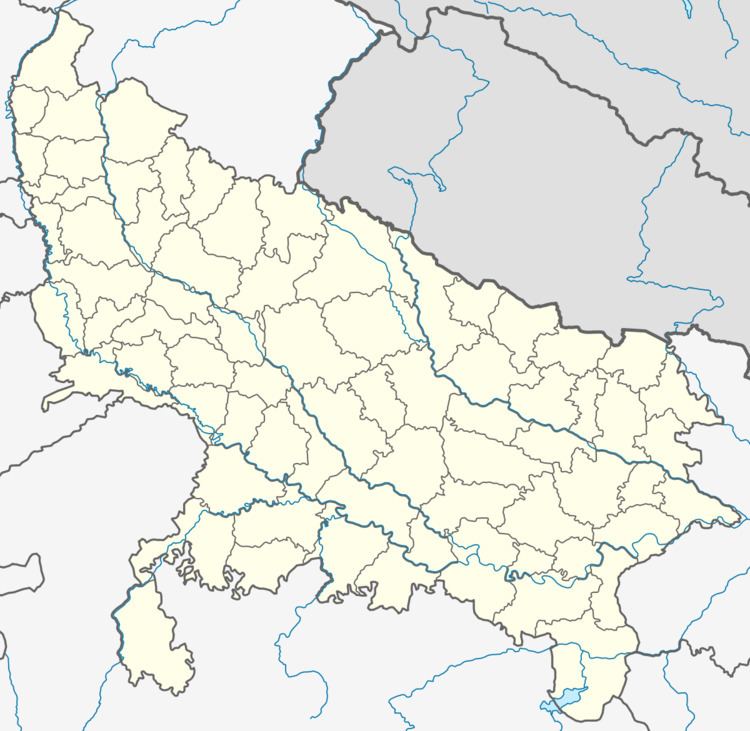PIN 262905 Population 17,125 (2001) | Time zone IST (UTC+5:30) Local time Wednesday 6:12 PM | |
 | ||
Weather 29°C, Wind SE at 2 km/h, 46% Humidity | ||
Singahi Bhiraura is a town and a nagar panchayat in Lakhimpur Kheri district in the state of Uttar Pradesh, India.
Contents
Map of Singahi Bhiraura, Uttar Pradesh
Characteristics
Singahi Bhiraura is located in Kheri District, and lies on the Lakhimpur-Nighasan-Dudwa route. It is about 5 km from Motipur, 10 km from Nighasan, 11 km from Rakehti and 16 km from Banbirpur.
The town has an example of Indo-Saracenic Revival architecture in the form of the Surat Bhawan Palace, which was built in 1894 and resembles a French Chateau. It has hosted, in its heydays The Prince of Wales, Senator Teddy Roosevelt, Cricketer Edward Jardine(Body line Fame)among others. Cheti Mela, a fair held in April, is the major fair of the district. Other tourist attractions nearby include Dudhwa National Park, Kishanpur Wildlife Sanctuary and Frog Temple.
The station situated at BELRAYAN(around 10KM) is the nearest railway facility and is a branchline with links to Bareilly, Gonda and Lucknow. The nearest airport is Chaudhary Charan Singh International Airport, which serves Lucknow.
Singahi Bhiraura has a mela maidan (public meeting area) and a football ground. The town also has a primary and junior high school.
Demographics
As of 2001 India census, Singahi Bhiraura had a population of 17,125. Males constitute 52% of the population and females 48%. The town had an average literacy rate of 37%, lower than the national average of 59.5%: male literacy was 43% and female literacy 30%. 16% of the population is under 6 years of age.
The Hindu population is 8,303 while the Muslim population is 7,643 the reminder Sikh, Christian and Buddhist.
